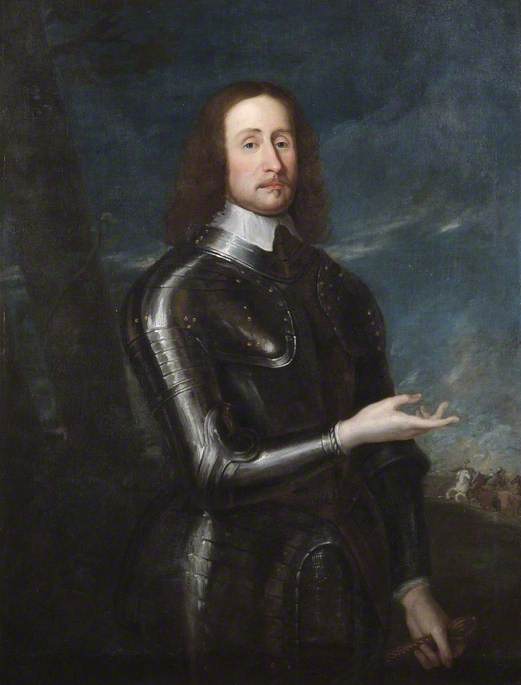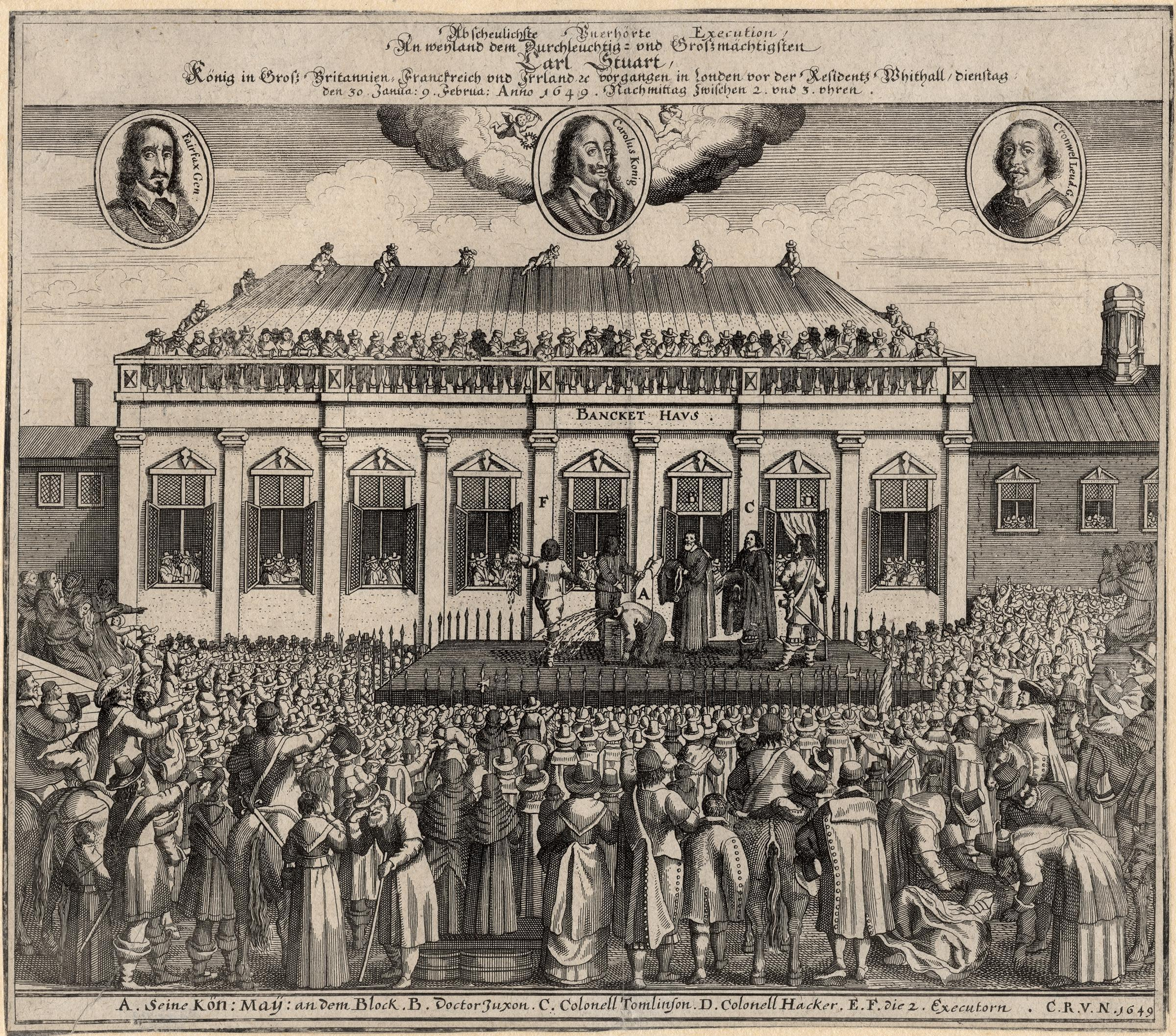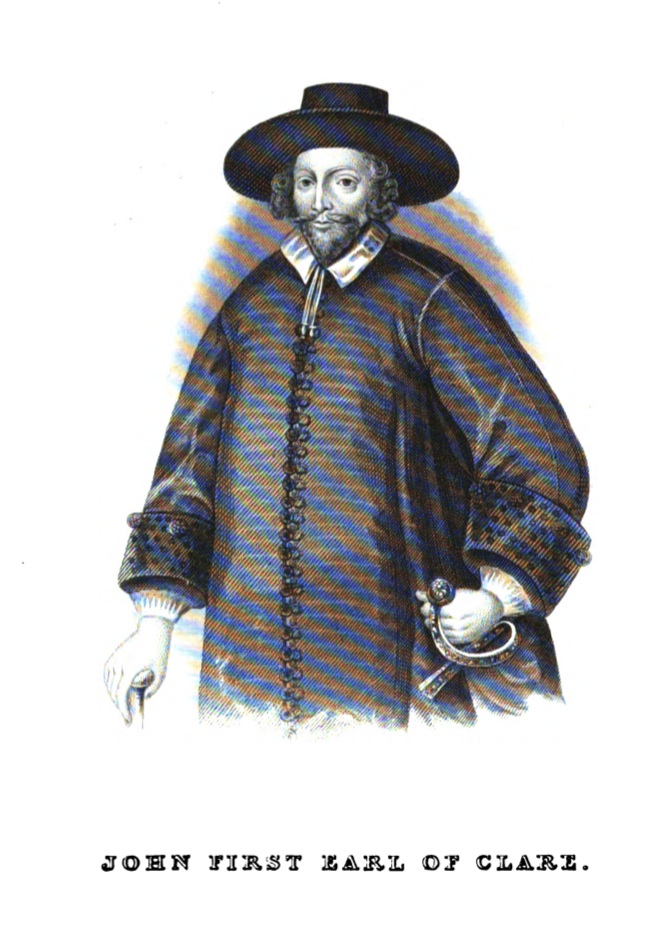|
Independent (religion)
In Welsh and English church history, Independents advocated local congregational control of religious and church matters, without any wider geographical hierarchy, either ecclesiastical or political. They were particularly prominent during the Wars of the Three Kingdoms as well under the Commonwealth and Protectorate. The New Model Army became the champion of Independent religious views and its members helped carry out Pride's Purge in December 1648. Unlike their Presbyterian allies, Independents rejected any state role in religious practice, including the Church of England, and advocated freedom of religion for most non-Catholics. Their religious views led some to back radical political groups such as the Levellers, who supported concepts like Republicanism, universal suffrage and joint ownership of property. The Independents later became known as the Congregationalists, who are part of the wider Reformed tradition of Christianity. History At the outbreak of the First Eng ... [...More Info...] [...Related Items...] OR: [Wikipedia] [Google] [Baidu] |
Congregational Polity
Congregational polity, or congregationalist polity, often known as congregationalism, is a system of ecclesiastical polity in which every local church (congregation) is independent, ecclesiastically sovereign, or " autonomous". Its first articulation in writing is the Cambridge Platform of 1648 in New England. Major Protestant Christian traditions that employ congregationalism include Baptist churches, the Congregational Methodist Church, and Congregational churches known by the ''Congregationalist'' name and having descended from the Independent Reformed wing of the Anglo-American Puritan movement of the 17th century. More recent generations have witnessed a growing number of nondenominational churches, which are often congregationalist in their governance. Although autonomous, like minded congregations may enter into voluntary associations with other congregations, sometimes called conventions, denominations, or associations. Congregationalism is distinguished from episc ... [...More Info...] [...Related Items...] OR: [Wikipedia] [Google] [Baidu] |
John Pym
John Pym (20 May 1584 – 8 December 1643) was an English politician and administrator who played a major role in establishing what would become the modern Westminster system, English Parliamentary system. One of the Five Members whose attempted arrest in January 1642 was a major step in sparking the First English Civil War, his use of procedure to outmanoeuvre opponents was unusual for the period. Though this meant he was respected by contemporaries rather than admired, in 1895 historian Goldwin Smith described him as "the greatest member of Parliament that ever lived". Pym's father died when he was seven months old, and he was raised by his stepfather Sir Anthony Rous (1555-1620), Anthony Rous, from whom he inherited his Puritan views and deep opposition to the Arminianism in the Church of England, reforms of Archbishop William Laud. He was also a leading member of the Providence Island Company, which attempted to establish a Puritan colony in Central America. Described as 'a ... [...More Info...] [...Related Items...] OR: [Wikipedia] [Google] [Baidu] |
Clarendon Code
In English history, the penal laws were a series of laws that sought to enforce the State-decreed religious monopoly of the Church of England and, following the 1688 revolution, of Presbyterianism in Scotland, against the continued existence of illegal and underground communities of Catholics, nonjuring Anglicans, and Protestant nonconformists. The Penal laws also imposed various forfeitures, civil penalties, and civil disabilities upon recusants from mandatory attendance at weekly Sunday services of the Established Church. The penal laws in general were repealed in the early 19th-century due to the successful activism of Daniel O'Connell for Catholic Emancipation. Penal actions are civil in nature and were not English common law. Marian persecutions In 1553, following the death of her half-brother, Edward VI, and deposing his choice of successor, Lady Jane Grey, Mary I of England seized the throne and soon after repealed both the religious legislation of her half-broth ... [...More Info...] [...Related Items...] OR: [Wikipedia] [Google] [Baidu] |
Cavalier Parliament
The Cavalier Parliament of England lasted from 8 May 1661 until 24 January 1679. With the exception of the Long Parliament, it was the longest-lasting English Parliament, and longer than any Great British or UK Parliament to date, enduring for nearly 18 years of the quarter-century reign of Charles II of England. Like its predecessor, the Convention Parliament, it was overwhelmingly Royalist and is also known as the Pensioner Parliament for the many pensions it granted to adherents of the King. History Clarendon ministry The first session of the Cavalier Parliament opened on May 8, 1661. Among the first orders of business was the confirmation of the acts of the previous year's irregular Convention of 1660 as legitimate (notably, the Indemnity and Oblivion Act). Parliament immediately ordered the public burning of the Solemn League and Covenant by a common hangman. It also repealed the 1642 Bishops Exclusion Act, thereby allowing Church of England bishops to res ... [...More Info...] [...Related Items...] OR: [Wikipedia] [Google] [Baidu] |
Stuart Restoration
The Stuart Restoration was the reinstatement in May 1660 of the Stuart monarchy in Kingdom of England, England, Kingdom of Scotland, Scotland, and Kingdom of Ireland, Ireland. It replaced the Commonwealth of England, established in January 1649 after the execution of Charles I, with his son Charles II of England, Charles II. The Commonwealth of England had been governed by Lord Protector Oliver Cromwell and then his son Richard Cromwell. The term is also used to describe the reign of Charles II (1660–1685), and sometimes that of his younger brother King James II, James II (1685–1688). The Protectorate After Richard Cromwell, Lord Protector from 1658 to 1659, ceded power to the Rump Parliament, Charles Fleetwood and John Lambert (general), John Lambert then dominated government for a year. On 20 October 1659, George Monck, the governor of Scotland under the Cromwells, marched south with his army from Scotland to oppose Fleetwood and Lambert. Lambert's a ... [...More Info...] [...Related Items...] OR: [Wikipedia] [Google] [Baidu] |
Execution Of Charles I
Charles_I_of_England, Charles I, King of Kingdom of England, England, Kingdom of Scotland, Scotland, and Kingdom of Ireland, Ireland, was executed on Tuesday, 30 January 1649 outside the Banqueting House on Whitehall, London. The execution was the culmination of political and military conflicts between the cavaliers, royalists and the roundheads, parliamentarians in England during the English Civil War, leading to Charles's capture and Trial of Charles I, trial. On Saturday 27 January 1649, the parliamentarian High Court of Justice for the trial of King Charles I, High Court of Justice had declared Charles guilty of attempting to "uphold in himself an unlimited and tyrannical power to rule according to his will, and to overthrow the rights and liberties of the people" and sentenced him to death by beheading. Charles spent his last few days in St James's Palace, accompanied by his most loyal subjects and visited by his family. On 30 January, he was taken to a large black gallows, ... [...More Info...] [...Related Items...] OR: [Wikipedia] [Google] [Baidu] |
Rump Parliament
The Rump Parliament describes the members of the Long Parliament who remained in session after Colonel Thomas Pride, on 6 December 1648, commanded his soldiers to Pride's Purge, purge the House of Commons of those Members of Parliament, members who were against the Grandee#New Model Army, Grandees' intention to try King Charles I of England, Charles I for high treason. "Rump" normally means the hind end or backside of a mammal; its use meaning "remnant" (the reduced-membership Parliament) was first recorded in the above context in English language, English in 1649. Treaty of Newport In September 1648, at the end of the Second English Civil War, the Long Parliament was concerned with the increasing radicalism in the New Model Army. The Long Parliament began negotiations with King Charles I. The members wanted to restore the king to power, but wanted to limit the authority he had. Charles I conceded militia power, among other things, but he later admitted that it was only so he c ... [...More Info...] [...Related Items...] OR: [Wikipedia] [Google] [Baidu] |
Roundhead
Roundheads were the supporters of the Parliament of England during the English Civil War (1642–1651). Also known as Parliamentarians, they fought against King Charles I of England and his supporters, known as the Cavaliers or Royalists, who claimed rule by absolute monarchy and the principle of the divine right of kings. The goal of the Roundheads was to give to Parliament the supreme control over executive branch, executive administration of England. Beliefs Most Roundheads sought constitutional monarchy in place of the absolute monarchy sought by Charles; however, at the end of the English Civil War in 1649, public antipathy towards the king was high enough to allow republican leaders such as Oliver Cromwell to abolish the monarchy completely and establish the Commonwealth of England. The Roundhead commander-in-chief of the first Civil War, Thomas Fairfax, remained a supporter of constitutional monarchy, as did many other Roundhead leaders such as Edward Montagu, 2nd Earl ... [...More Info...] [...Related Items...] OR: [Wikipedia] [Google] [Baidu] |
Second English Civil War
The Second English Civil War took place between February and August 1648 in Kingdom of England, England and Wales. It forms part of the series of conflicts known collectively as the 1639–1653 Wars of the Three Kingdoms, which include the 1641–1653 Irish Confederate Wars, the 1639–1640 Bishops' Wars, and the 1649–1653 Cromwellian conquest of Ireland. Following his defeat in the First English Civil War, in May 1646 Charles I of England, Charles I surrendered to the Scots Covenanters, rather than Parliament of England, Parliament. By doing so, he hoped to exploit divisions between English and Scots Presbyterian polity, Presbyterians, and English Independent (religion), Independents. At this stage, all parties expected Charles to continue as king, which combined with their internal divisions, allowed him to refuse significant concessions. When the Presbyterian majority in Parliament failed to disband the New Model Army in late 1647, many joined with the Scottish Engagers in ... [...More Info...] [...Related Items...] OR: [Wikipedia] [Google] [Baidu] |
Cavalier
The term ''Cavalier'' () was first used by Roundheads as a term of abuse for the wealthier royalist supporters of Charles I of England and his son Charles II of England, Charles II during the English Civil War, the Interregnum (England), Interregnum, and the Restoration (England), Restoration (1642 – ). It was later adopted by the Royalists themselves. Although it referred originally to political and social attitudes and behaviour, of which clothing was a very small part, it has subsequently become strongly identified with the fashionable clothing of the court at the time. Prince Rupert of the Rhine, Prince Rupert, commander of much of Charles I's cavalry, is often considered to be an archetypal Cavalier. Etymology ''Cavalier'' derives from the same Latin root as the Italian word , the French word , and the Spanish word , the Vulgar Latin word ''wikt:caballarius, caballarius'', meaning 'horseman'. Shakespeare used the word ''cavaleros'' to describe an overbearing swashbuckl ... [...More Info...] [...Related Items...] OR: [Wikipedia] [Google] [Baidu] |
Denzil Holles, 1st Baron Holles
Denzil Holles, 1st Baron Holles, (31 October 1598 – 17 February 1680) was an English statesman, best remembered as one of the Five Members whose attempted arrest by Charles I in January 1642 sparked the First English Civil War. When fighting began in August, Holles raised a Parliamentarian regiment which fought at Edgehill before it was nearly destroyed at Brentford in November 1642. This marked the end of Holles' military career and he became leader of the Parliamentarian 'Peace Party', those who favoured a negotiated settlement with the king. A social conservative from a wealthy family, he came to see political radicals like the Levellers and religious Independents like Oliver Cromwell as more dangerous than the Royalists. Following victory in the First English Civil War, he led those who opposed Cromwell and his supporters, and was one of the Eleven Members suspended in June 1647. Recalled prior to the Second English Civil War in June 1648, he was excluded again by ... [...More Info...] [...Related Items...] OR: [Wikipedia] [Google] [Baidu] |






